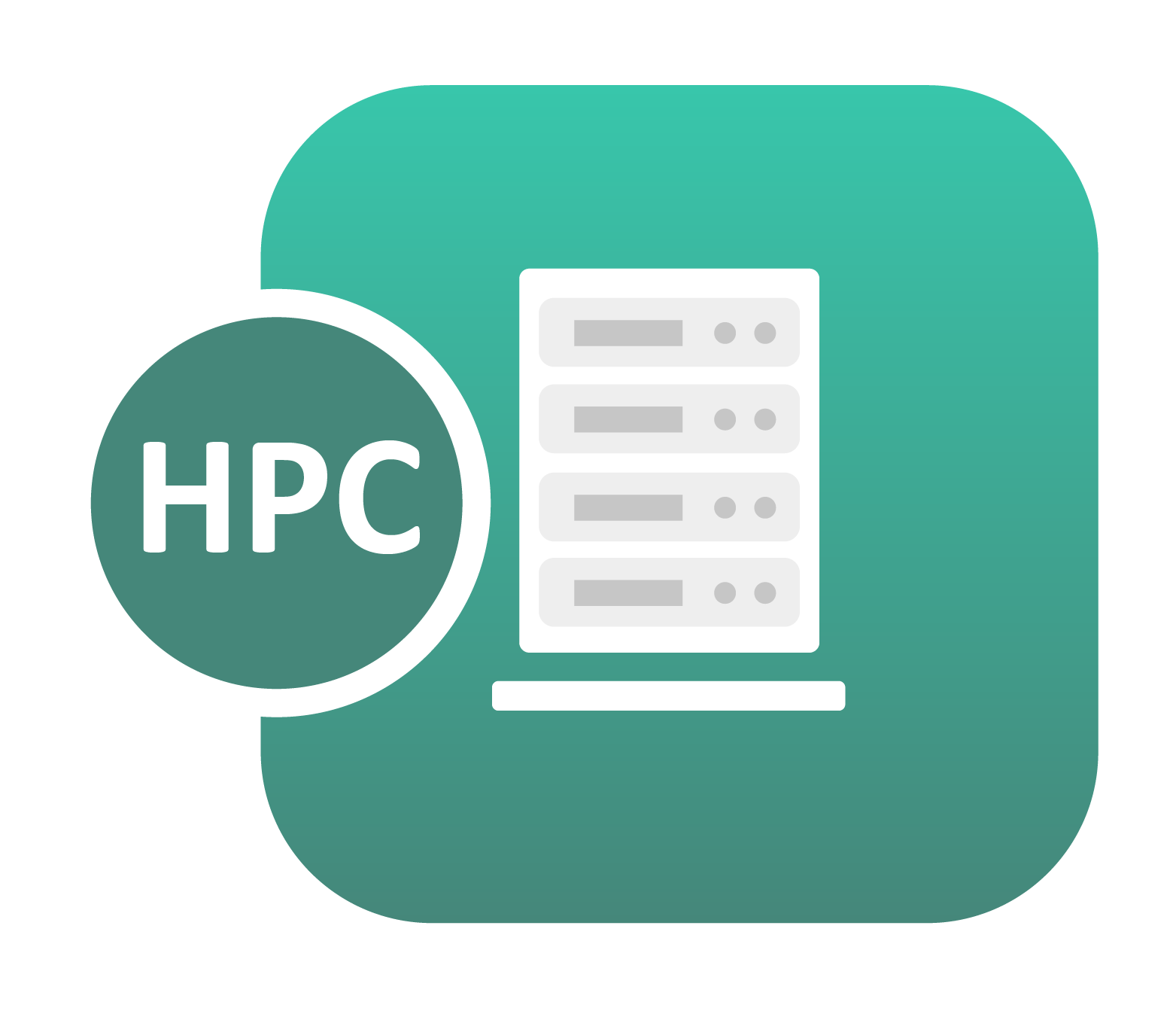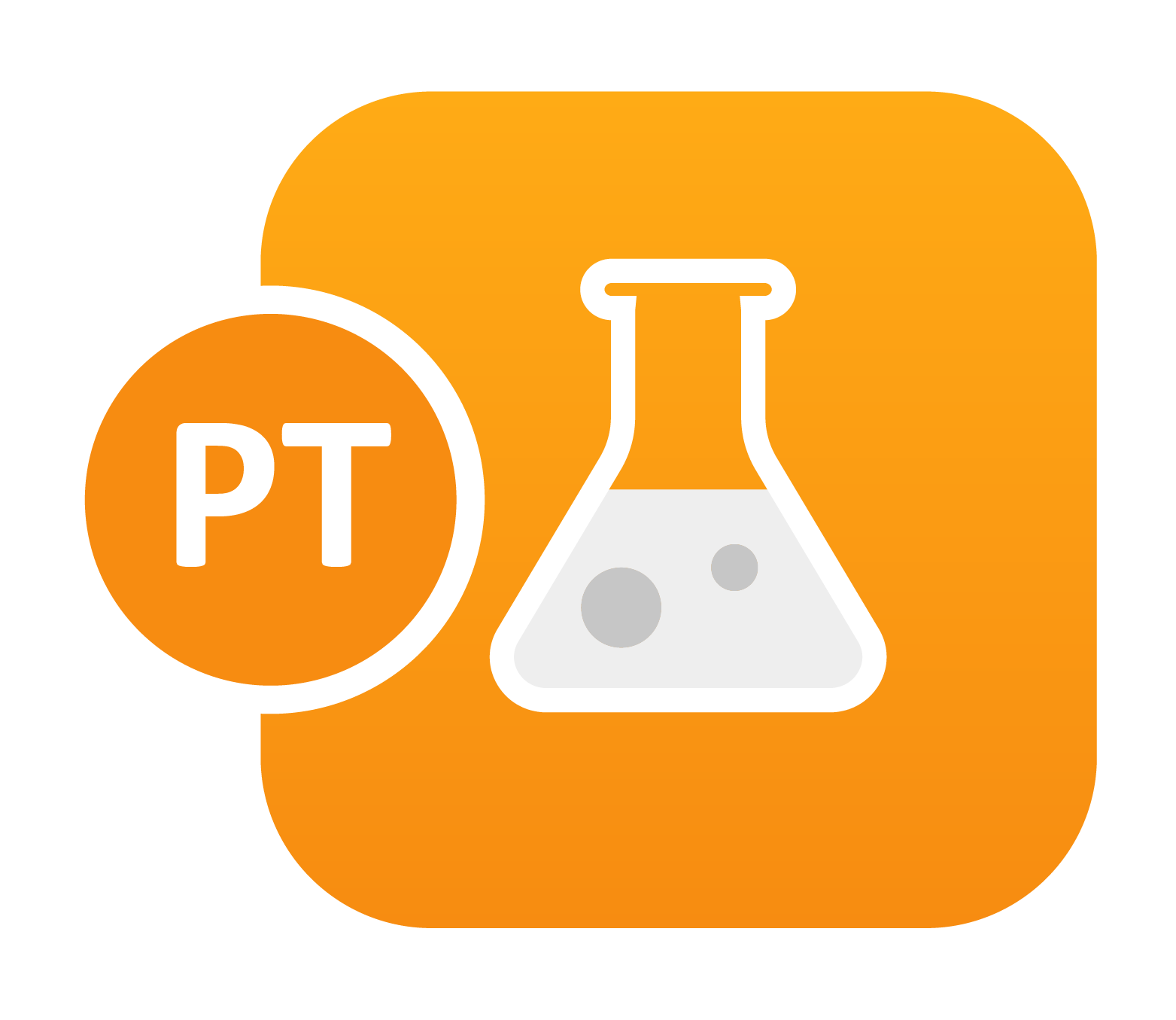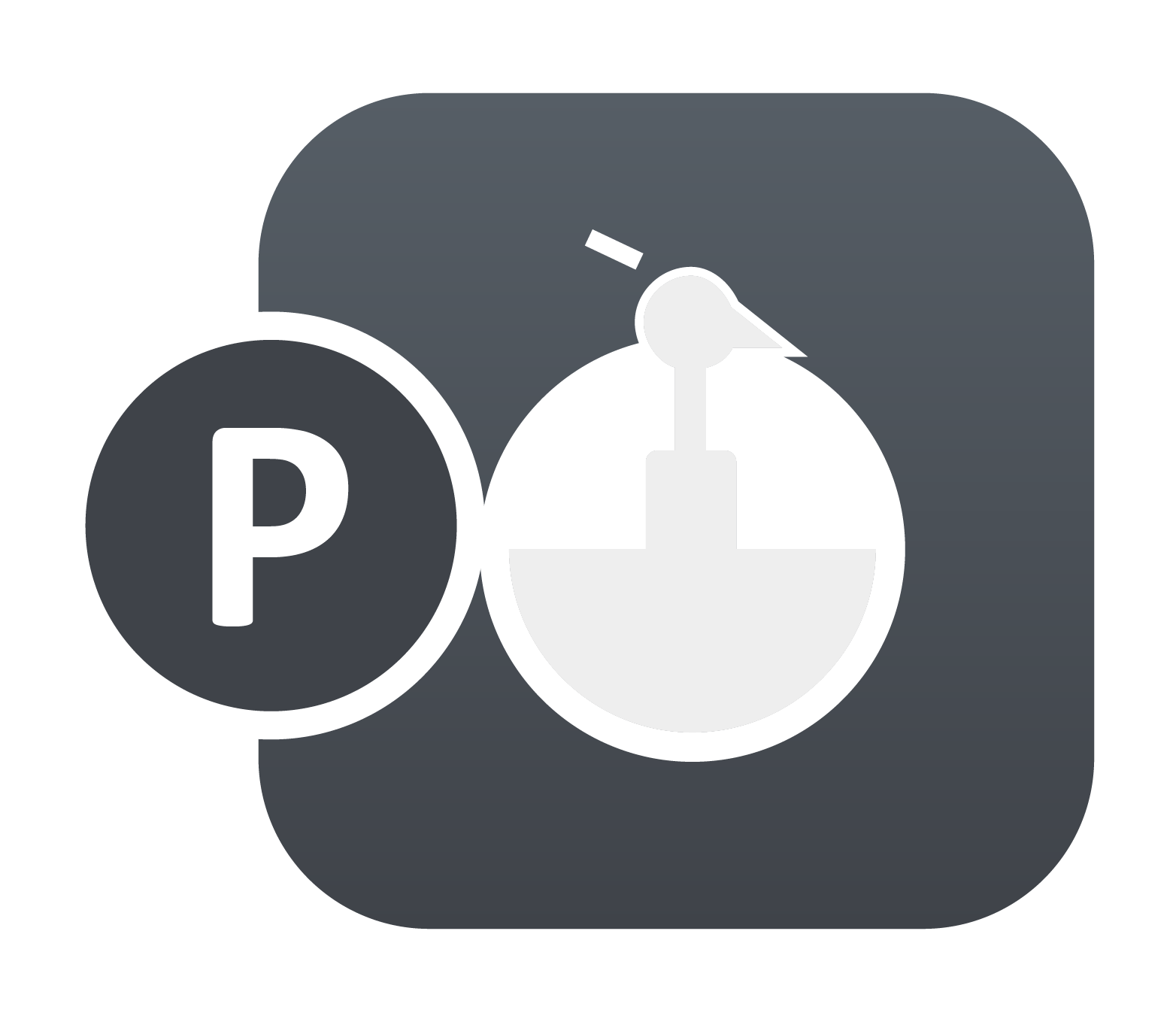Quaternions for 3D Graphics
A recent investigation to determine the best viewing configuration for any arbitrary model required me to understand the ‘QUAT’ that appears in LS-PREPOST every time you rotate a model or change its view. If you are interested to understand this, you can view this Powerpoint document for more information.












